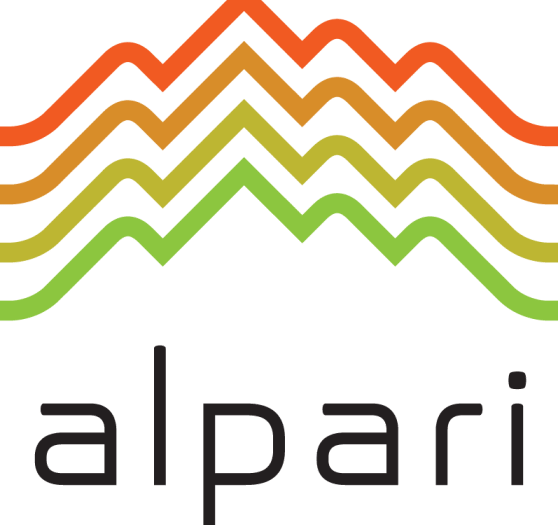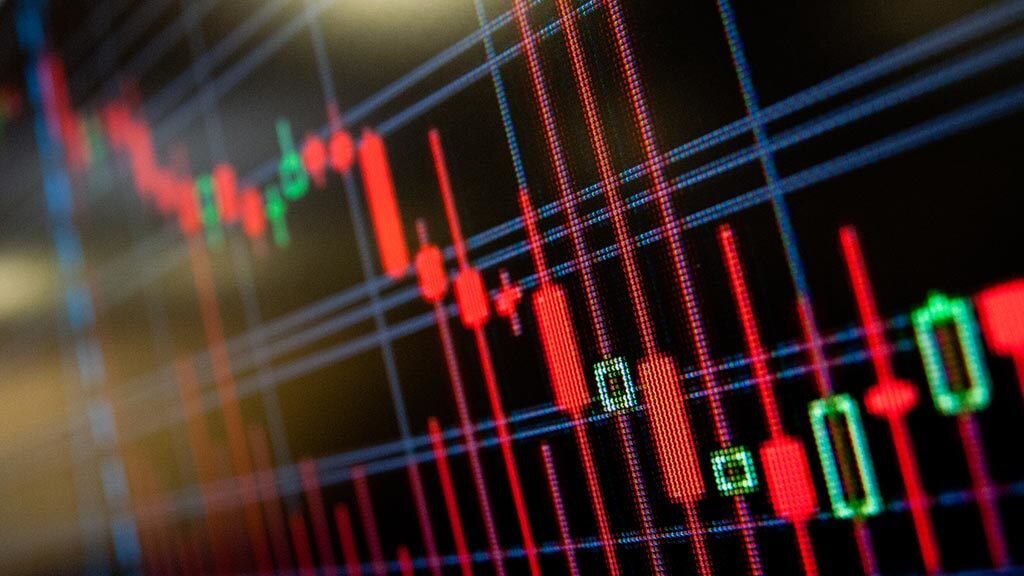Contents

His backtesting showed uptrending handles often lead to cup and handle pattern failure. Yep, this is a bullish pattern and can be a technical indicator for traders of a potential upcoming breakout. A V-bottom, where the price drops and then sharply rallies, may also form a cup. Some traders like these types of cups, while others avoid them. Those that like them see the V-bottom as a sharp reversal of the downtrend, which shows buyers stepped in aggressively on the right side of the pattern. Whatever the height of the cup is, add it to the breakout point of the handle.
To improve the odds of the pattern resulting in an actual reversal, look for the downside price waves to get smaller heading into the cup and handle. While the price is expected to rise after a cup and handle pattern, there is no guarantee. The price could increase slightly and then fall; it could move sideways or fall right after entry. Chart patterns, like a triangle, rectangle, head and shoulders, or—in this case—a cup and handle are a visual way to trade.

It topped out at $41.66 in April and pulled back to the 38.6% retracement of the last trend leg. Price carved out a choppy but rounded bottom at that level and returned to the high in June. It then ground sideways in a consolidation pattern that lasted for more than five weeks, or close to half the time it took for the cup segment to complete.
Advantages of the Cup and Handle Pattern
That’s a bit of an exaggeration, but I want every trader to understand how much a chart can tell you. The inverted cup and handle is the opposite of the pattern I just broke down. You can think of it as an upside-down cup with a handle. The best place to enter a trade using this pattern is when the handle forms.

As can be seen in the picture above, the handle is the correction of the price to the right side of the cup. As a rule, such a correction takes the form of a flag pattern. Visually, the handle starts where the right side of the cup ends. An indispensable condition is the correction depth which is less than 50% of the right wall of the cup. Any retracement more than 50% invalidates the cup and handle formation. O’Neil liked a downward handle as opposed to an uptrending handle.
Price action is an important and common trading strategy that traders use to identify entry and exit positions. There are several approaches to the price action strategy. The Cup and Handle pattern form when, in a nicely rising bull market, the price tests an old high and encounters selling pressure from profit taking.
Doji Candlestick Pattern Recognition
They then apply the same length to add their price target. The cup and handle tells you that the price will continue with its bullish trend. It also tells you where to expect the initial resistance level. This resistance happens at the level where the price reached and started falling. The cup and handle pattern is part of the so-called continuation patterns. Other such patterns are the ascending and descending triangle pattern and bullish and bearish flags and pennants.
This option often occurs if the cup and handle is too long. The optimum size of the handle is considered when it is 5-15% below the full length of the right part of the cup. Cup and handle pattern formation was preceded by a strong upward trend.
The chart below shows a typical “cup-and-handle” formation with the measured targets. First things first … This doesn’t fit the “7 to 65 weeks” cup definition I quoted from O’Neil’s book above. Second, O’Neil basically says it’s not an exact science. He observed hundreds of variations — both successful and failed cup and handle patterns.
Picking a Target Price or Profitable Exit
Price drop — the asset price falls, creating a downward slope but still retains a portion of the gains from the initial uptrend. To better understand how the Cup and Handle pattern works, it’s important to uncover its story. The cup and handle is a chart pattern with a bullish pattern. If you are trading a bullish cup and handle formation, you should place a stop loss order just below the lower level of the handle.
This can go as high as 40%+ during periods of high volatility. For a bearish pattern, place your stop loss order above the highest point of the handle. For a bullish pattern, place your stop lows order below the lowest point of the handle. These two elements create a pattern that looks like a cup with a handle.
- After they exit, the stock can consolidate to form the base until it runs again.
- When you layer the volume on top of the price action, they both can look like two Us on the chart.
- The stop loss order of the trade needs to be placed above the handle.
- Have read to learn this pattern from a couple of other platforms but it was a bit difficult for me to comprehend, but it was easier for me to understand here.
You could hold the trade as long as the price action is located above the yellow bullish trend line. The break through the trend line is shown in the red circle on the chart, which would signal an opportune time to close out the trade in its entirety. With this pattern, a buy signal occurs when the price breaks out of the upper trend line of the price channel that forms the handle. There should be a substantial increase in volume on the breakout above the handle’s resistance. Alternatively, you place a stop buy order slightly above that upper trend line. Sometimes, it is prudent to wait for a breakout above the resistance line established by the highs of the cup.
The bearish/inverse Cup and Handle pattern
Also notice how the https://business-oppurtunities.com/ starts with a bullish trend, which gradually reverses. At the end of the reversed bearish move, the price reverses again and starts the creation of a bullish handle. The Cup and Handle pattern is aptly named because this technical pattern actually resembles a cup with a handle on the chart.
In the market where false signals are readily available, you can essentially use the Ichimoku Cloud to ignore signals, which lack conviction. Let’s examine the conditions for the emergence of this candlestick analysis pattern, the way to use it in trade and some features. Information is provided ‘as-is’ and solely for informational purposes, not for trading purposes or advice, and is delayed. To see all exchange delays and terms of use, please see disclaimer. Look for a U-shape, and volume that dries up near the cup’s low.
For one, the pattern is relatively easy to identify on a chart thanks to its distinct teacup shape. Second, it is a relatively accurate and reliable bullish continuation indicator. And lastly, it can be a fairly reliable standalone signal tool, though it is always better to utilize other technical indicators for more accurate trend confirmations. Essentially when the price falls, it indicates that the bears have overpowered the bulls, albeit temporarily.
As with any continuation pattern, you rely on a confirmation in one form or another. This may occur as a second technical price signal, a candlestick continuation, volume spike, or change in momentum. The problem with the setup is that everyone uses the same approach when determining entry and exit for the formation. In the above chart example, you can see how the stock made a nice round cup and had a strong handle, before continuing higher. The one thing to point out is that on the breakout, the stock used a lot of gas just to work its way through the cloud. By the time the stock closed outside of the Ichimoku cloud, it was apparent that the stock’s tank was empty.
The start-up capital is made up of two parts, a cup and a handle. The first target is equivalent to the size of the handle, while the second target is equivalent to the size of the cup. You can also choose to stay in the trade as long as the price is trending in your favor. Note that you should begin to measure the distance right from the breakout point. This breakout was followed by a significant decrease in the price of the currency pair. This will give you an opportunity as a trader to go short.